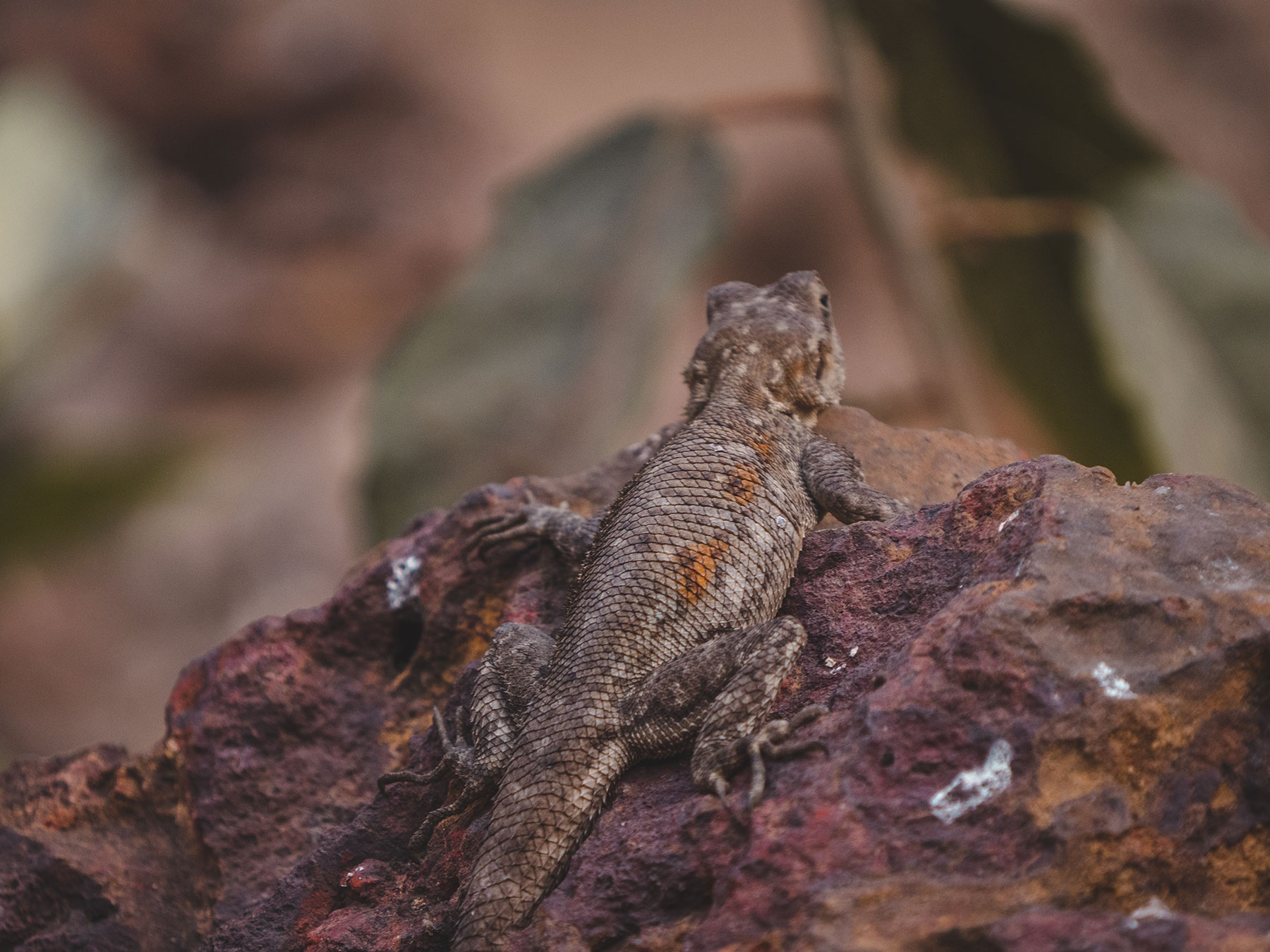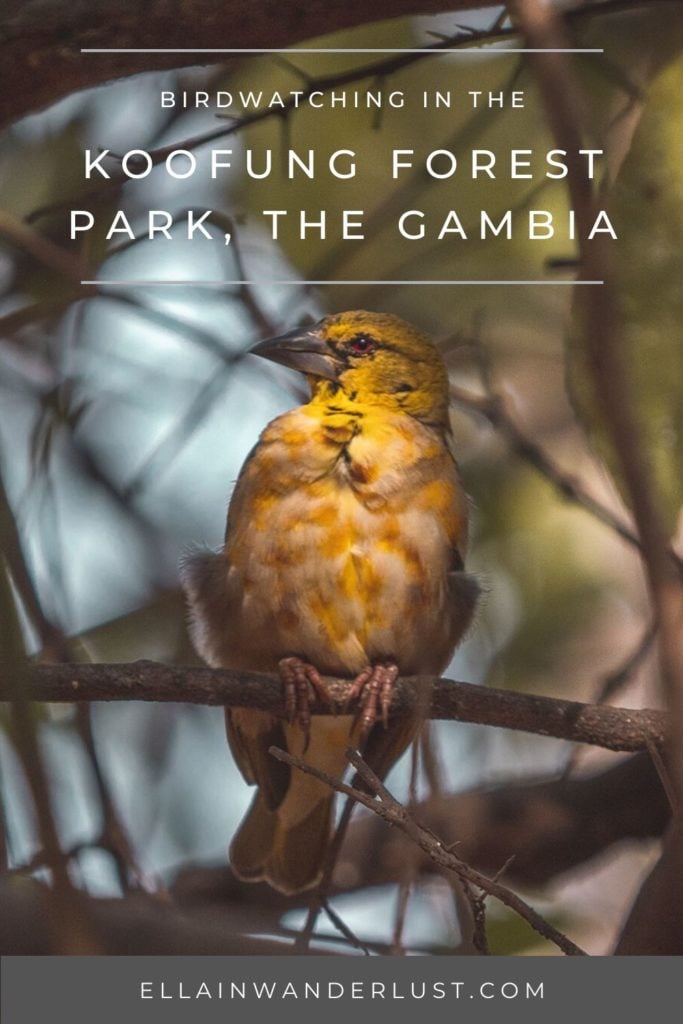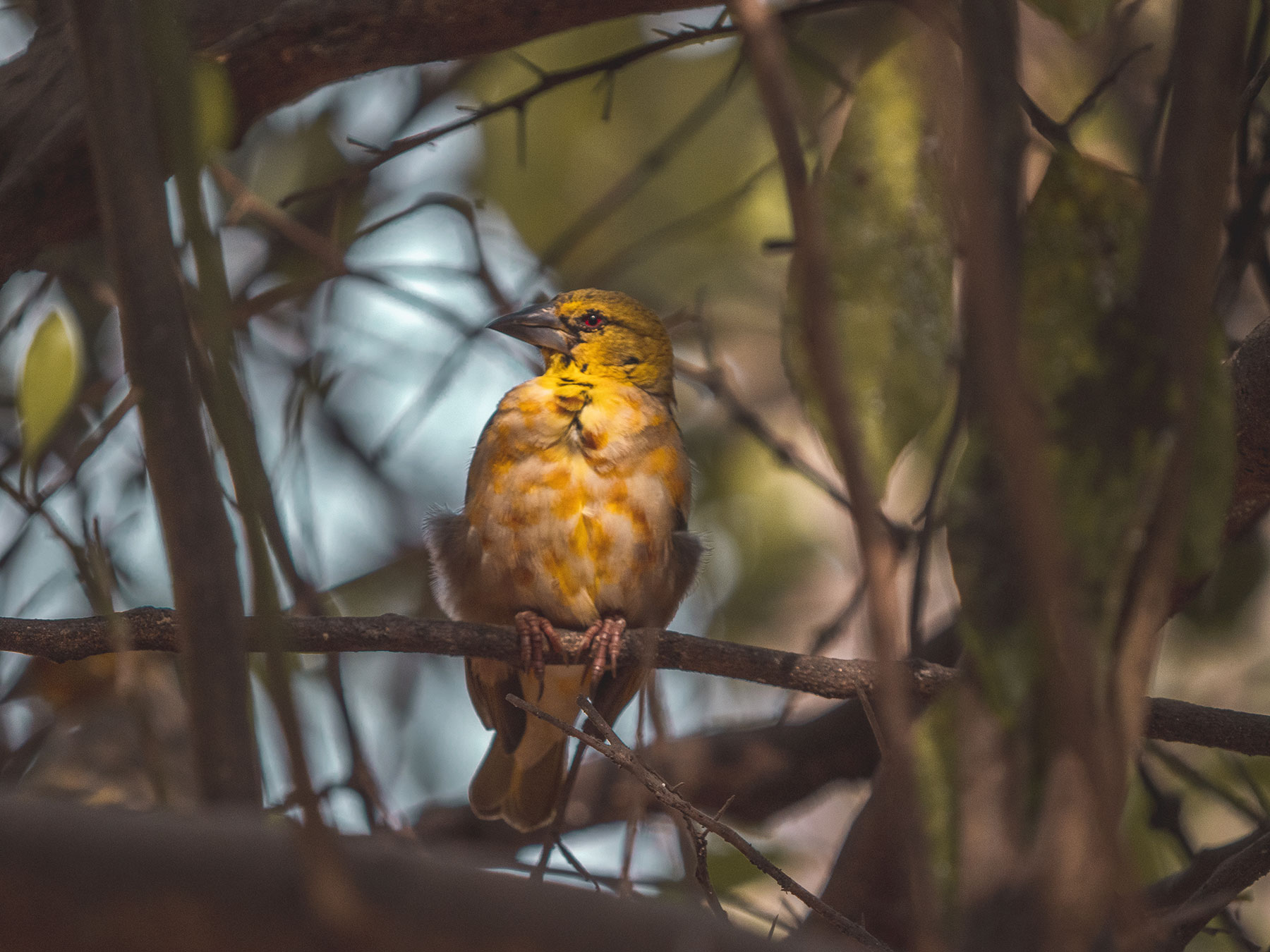
Our lodge in The Gambia (Footsteps Eco-Lodge) was perched upon the edge of a protected area of forest known as the Koofung Forest Park. As a result, it was a renowned spot for birdwatching.
Now, I’m going to be totally honest here. I have never ever seen the appeal of birdwatching. There I said it!
I’ve always dismissed birds and been focused on larger, more powerful animals such as big cats.
However, this indifferent perception was starting to change.
Last year I went on safari in Udawalawe National Park in Sri Lanka and was mesmerised by the colourful array of birds I saw. Our guide would give snippets of information about them and I became excited every time I managed to capture one with my lens.
At Footsteps Eco-Lodge many of the guests we had encountered were keen ‘birders’. They sat with their binoculars and a couple had some mighty impressive cameras, their zoom lenses coated in a camouflage wrap.
I even heard rumours that the BBC’s wildlife presenter Chris Packham was a big fan of birdwatching in The Gambia and had visited more times than he could count.
I was starting to become drawn in by the hype. Birdwatching was the thing to do here and I wanted to experience it for myself.
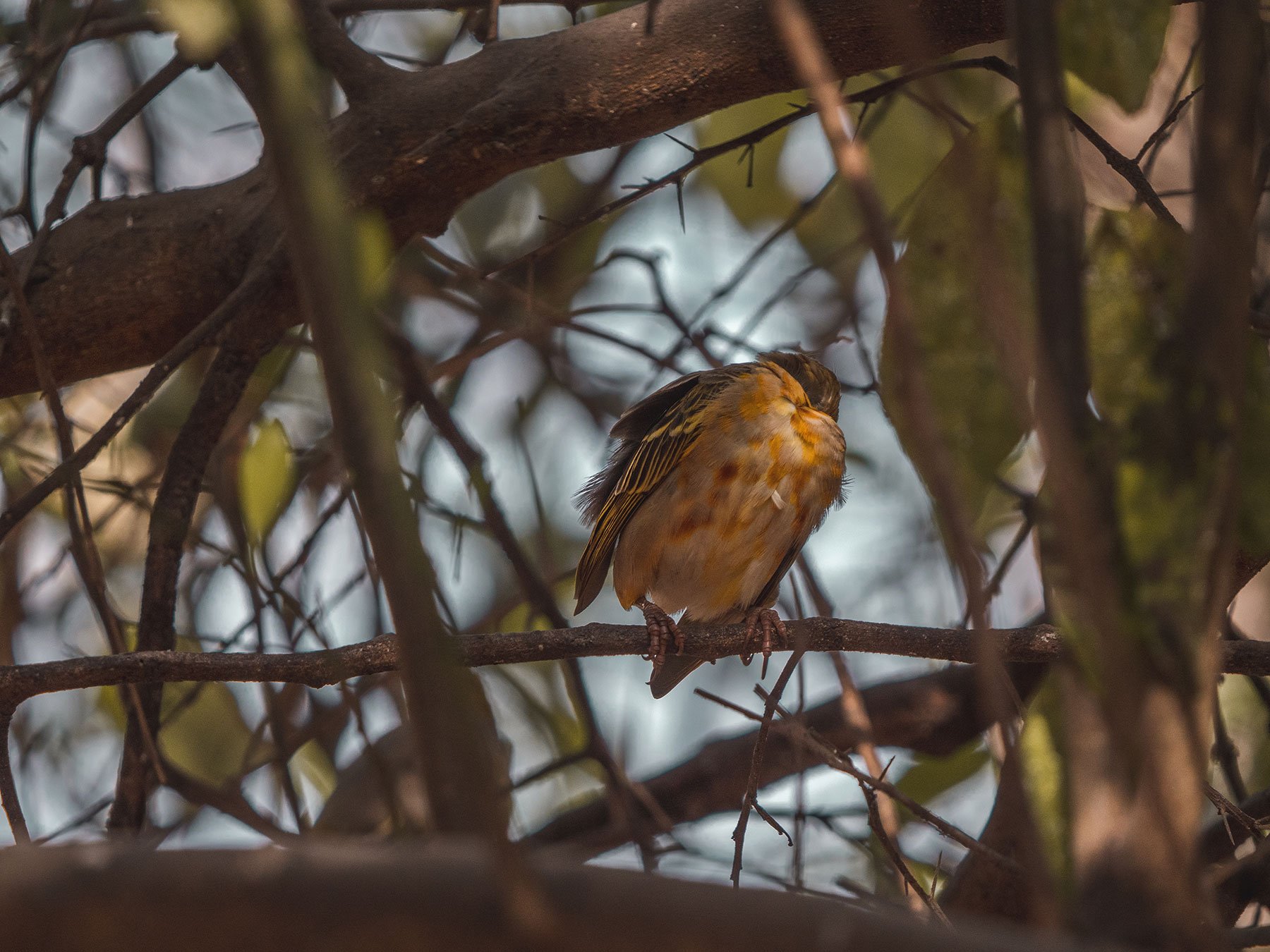
In the vast expanse of forest gardens surrounding the lodge there is a hide. It’s an inconspicuous wooden hut on stilts overlooking the woodlands.
I’d heard that the best time to visit the hide was in the early hours of the day. However, I hadn’t quite made it for prime time. In fact, it was mid-afternoon when I decided to pay the bird-hide a visit. I seem to have a record for visiting places at exactly the wrong time – some things never change!
Unsurprisingly, I didn’t find much luck in the hide.
I waited very, very patiently for a good five minutes and after only spotting a bee and a few men on bicycles, I decided to call it a day.
Birdwatching required a lot of patience, something which I don’t have any.
Fortunately, my day of birdwatching was not yet over.
As I sauntered back to the main communal area, my ears were filled with the delicate singing of many, many birds. This was where they all were!
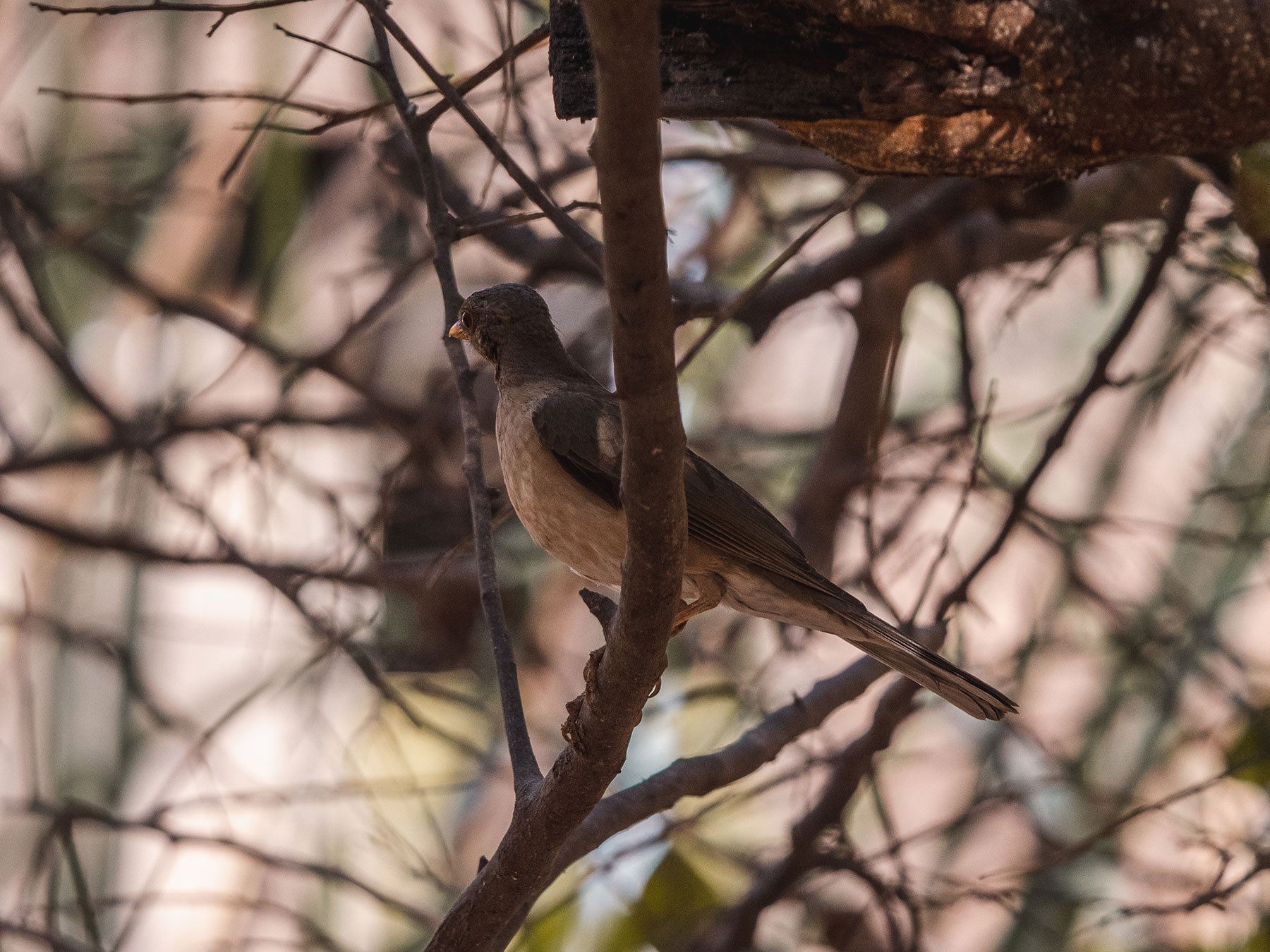
I sat down outside our private roundhouse, allowing the warmth of the sun to touch my face. The cluster of trees before me were alive with birdsong.
I suddenly didn’t mind waiting for the perfect photo. Perhaps it was that I was feeling more optimistic as I knew birds were actually here.
Photographing the birds was another challenge. They’re small and don’t like to stay in one place for too long.
Due to their small size and distance away from me, I had to use a very long zoom lens which is tricky to use, especially when zoomed in. I felt like I was hunting through branches for an eternity to find a small bird that I could clearly see with my own eye.
Then, when I finally could see the bird in my view-finder, before I could click the shutter, the bird was gone!
It was a challenge, to say the least.
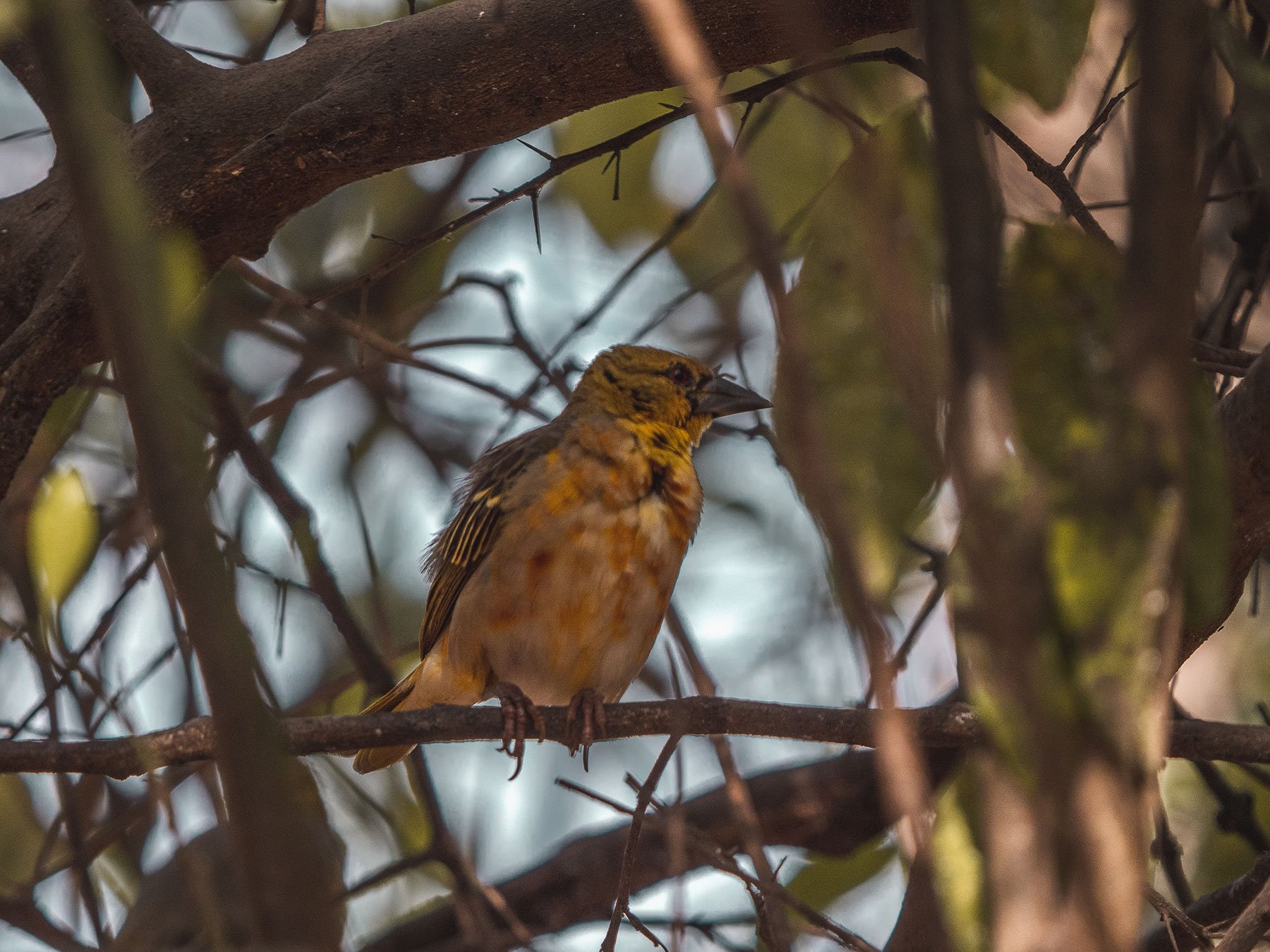
My favourite bird which I spotted was the bright yellow ‘weaver’ bird. There are actually several subspecies of weavers but I believe what I was seeing was a female village weaver. The village weavers are a native species of bird to most of sub-Saharan Africa.
Whilst in Namibia in southern Africa, I frequently saw another sub-species of weaver known as the ‘sociable weaver’. This bird is sociable as they make group nests!

The next bird which I spotted was a brown bird called the African thrush. As the name would suggest, the African thrush is native to the African continent, ranging from as far north as Senegal (just above The Gambia) to as low as Angola and Zambia.
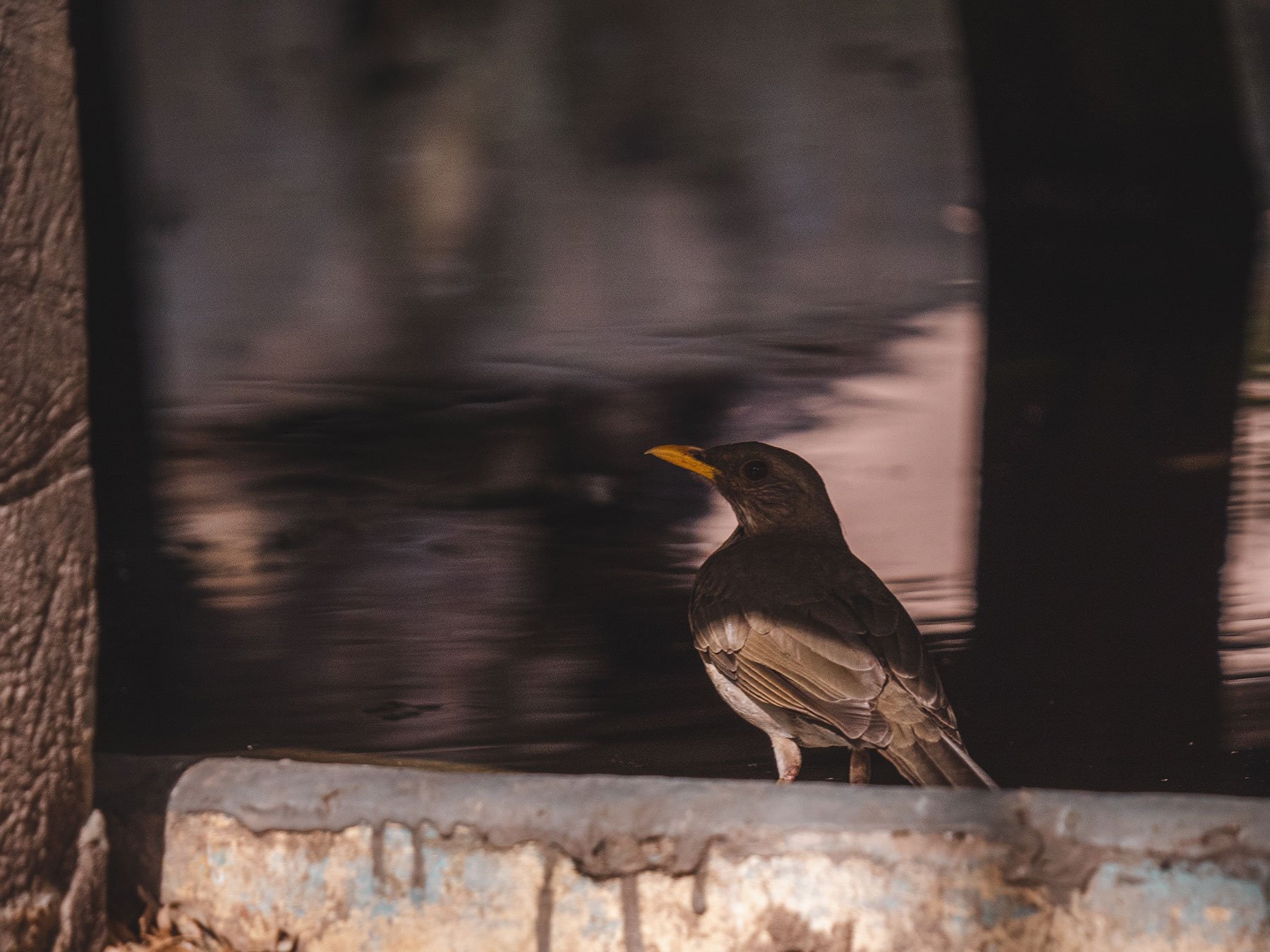
The final bird than I managed to photograph was a very small pale brown bird jumping amongst the leaves of a low bush.
This is a tawny-flanked prinia. They are just 10 – 13 centimetres long and are found throughout most of sub-Saharan Africa but avoids the most extreme habitats such as wetlands and deserts.
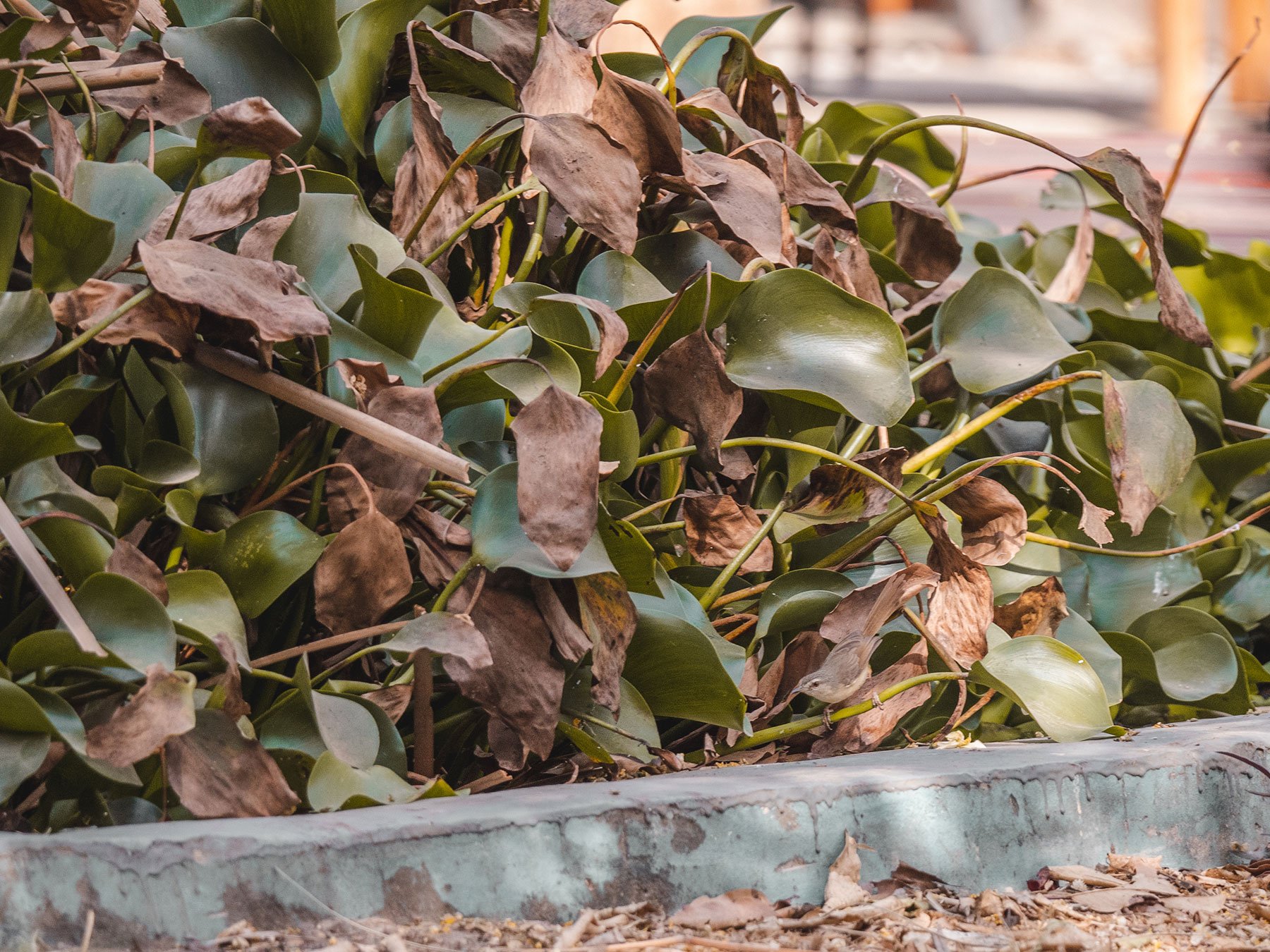
A lot easier to photograph were the various lizards I encountered around the lodge. There are 17 species of lizard in The Gambia.
As I made my way down the lodge’s footpath that weaved beneath tall trees, I noticed an array of lizards sunning themselves on sandy stones. They were incredibly well camouflaged! It took me a long while to notice a few of them.
The first lizard I saw was stood in the middle of the footpath, a long orange object protruding from its mouth. I furrowed my brow. What was that? It looked like the tail-end of a prawn! Perhaps it was. After all, prawn was on the lunch menu here!
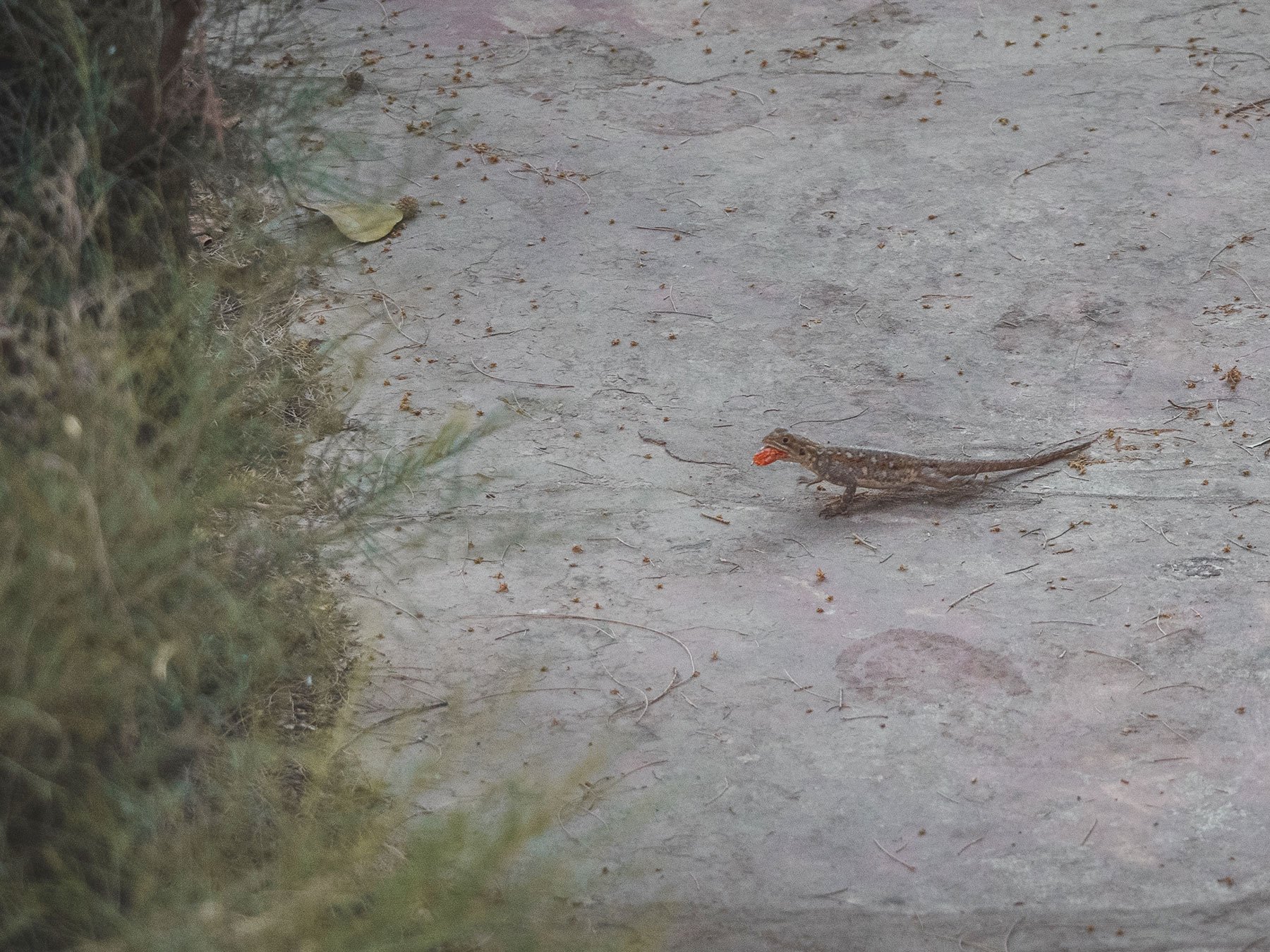

The lizard bobbed its head a few times before scuttling off into the undergrowth.
Sunning themselves on rocks were some much larger lizards. Despite the varying sizes and patterns, I believe these are all one group of lizard called ‘agamas’. Agama is Sranan Tongo for ‘lizard’ and is the name for 37 species found in Africa.
Researching these lizards is hard but I think the large lizard may be a species called ‘Bocourt’s agama’ which is found throughout Senegal and The Gambia.
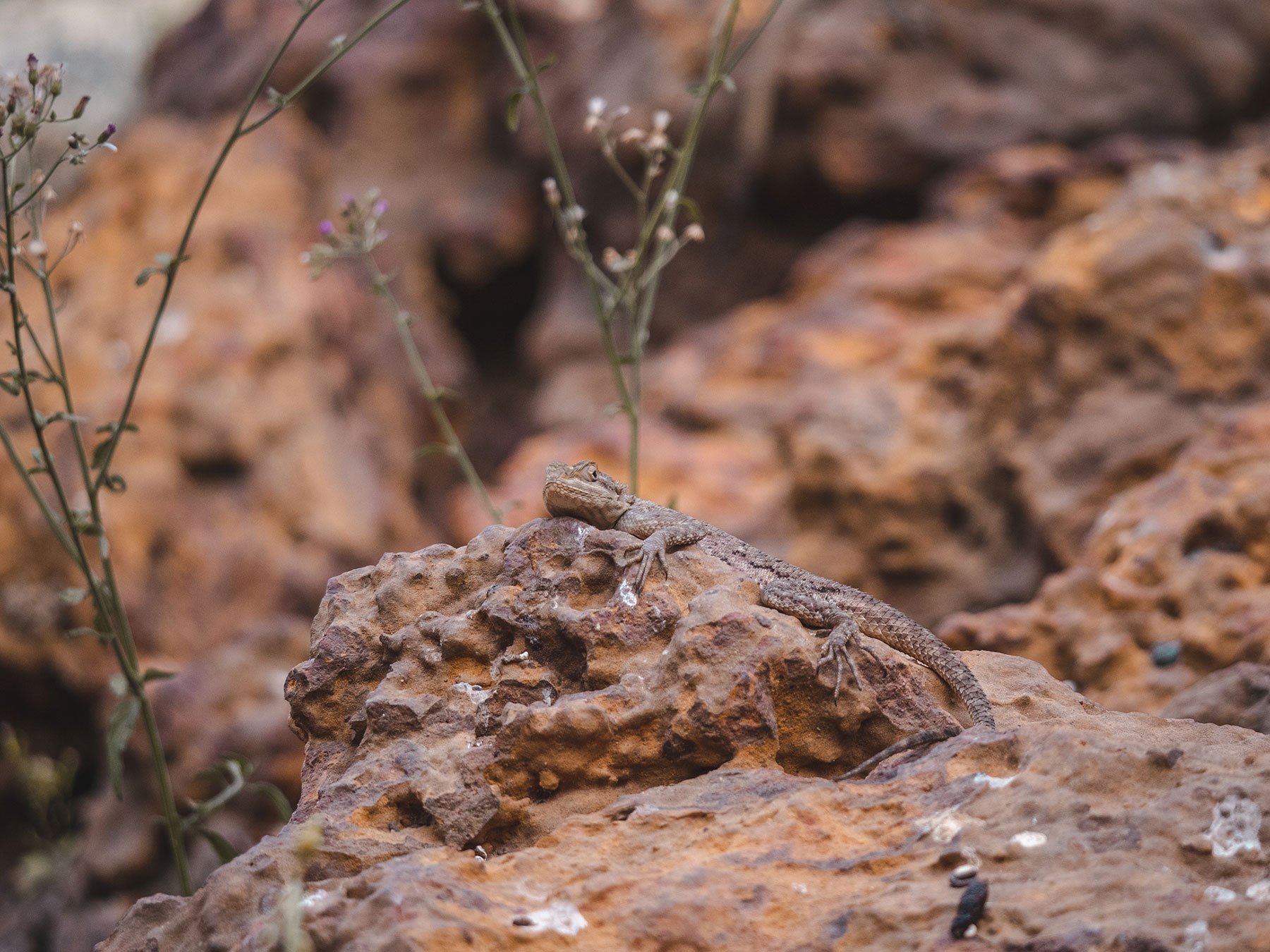
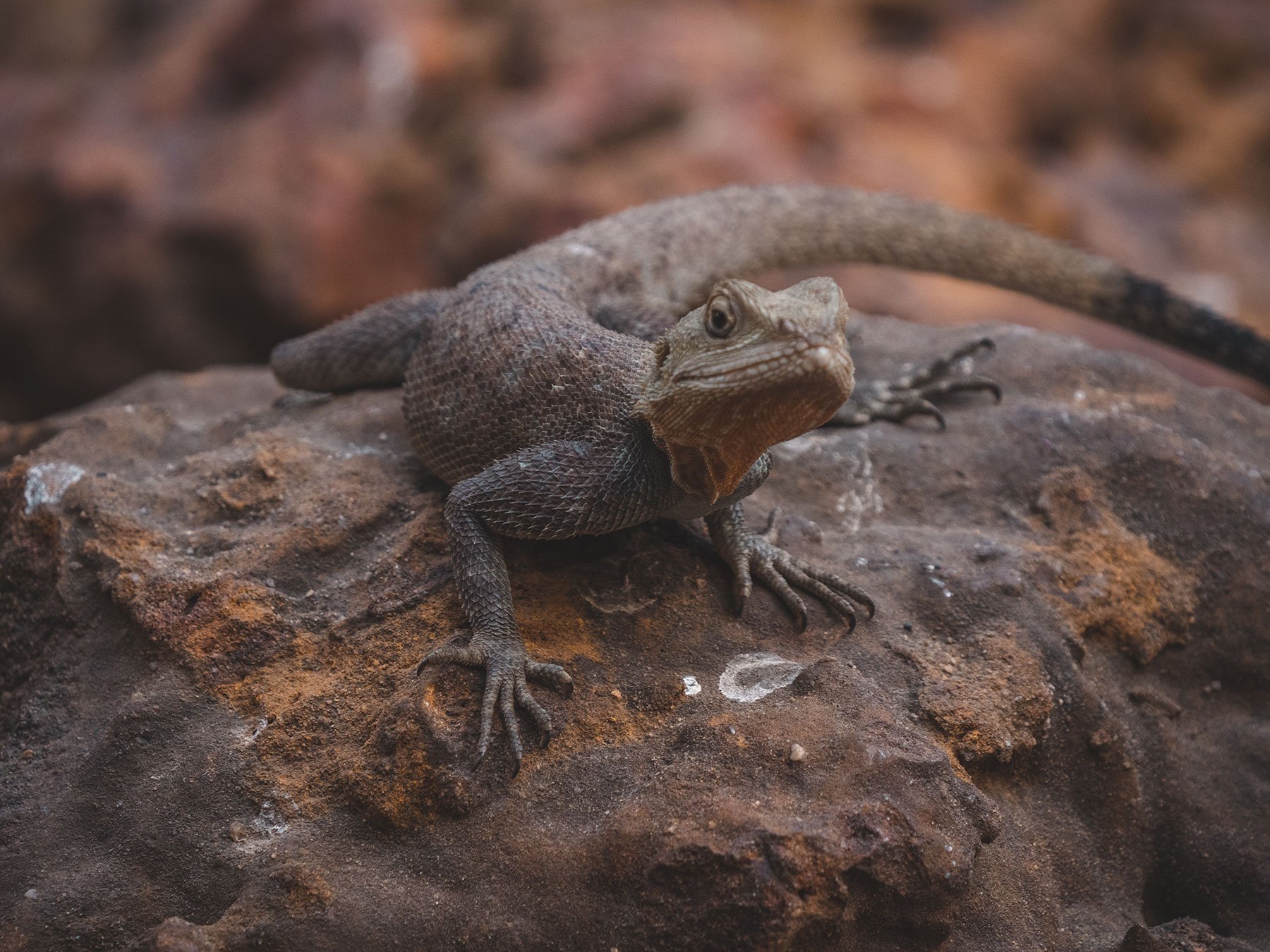
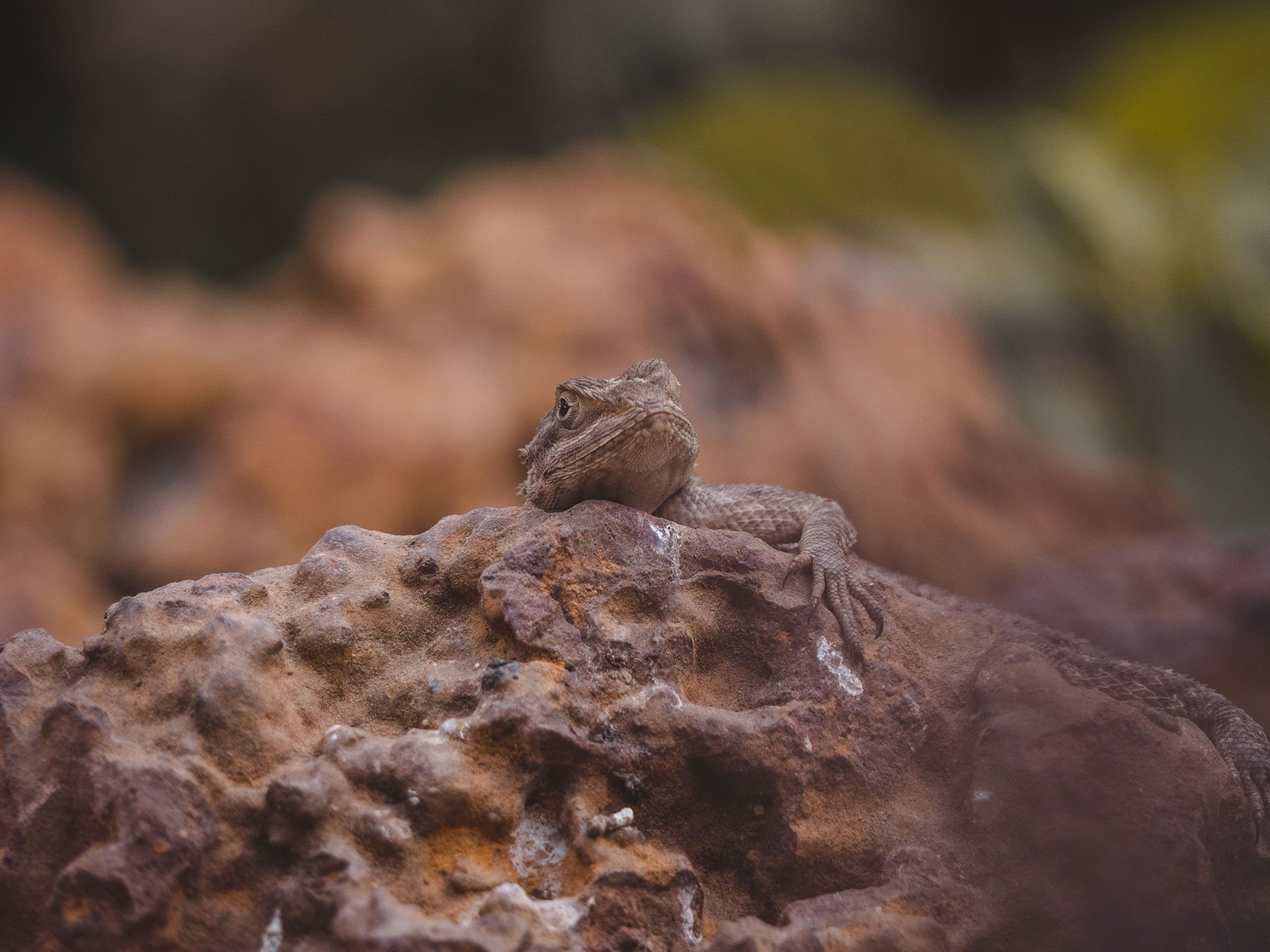
Whilst watching the lizards I noticed one of the lodge’s staff members writing a note on the blackboard outside of the restaurant area. I squinted to read it. There was going to be a BBQ night! I felt excitement rising in my chest. I couldn’t wait.
The BBQ evening was wonderful. Tables and chairs were set up just outside of the lodge in an area where local craftsmen work-on and sell their crafts. There was also a row of food, covered in metallic containers. Behind the freshly-prepared food were some proud chefs.
I helped myself to a Julbrew, local Gambian lager. One turned into a couple as we laughed and joked with the lodge’s other residents.
There was a variety of different foods to try. I decided to try a bit of everything that wasn’t a fruit or a vegetable and thoroughly enjoyed it all.
The lodge’s two dogs, Seven and Yoga, lay beside the table as we ate.
Darkness had engulfed us by now, warm and comforting. Shining in the sky was the moon, large and bright. It wasn’t quite full but not far off.
Behind the sound of laughter and chatter was the soothing humming and singing of insects and frogs, singing the song of the night.
After desert we were treated to some local singing and dancing. The band playing for us were called ‘Roots Band’ and were from the local village of Gunjur. They beat their drums rhythmically and sang.
Female members of staff were dancing. They clapped their hands and swayed to the beats.
After a while, they started inviting guests to join them in dancing. I was one of the first they invited and gladly obliged, even though I can’t dance for the life of me. I gave it a go and boy, was it exhausting! There’s so much energy in the dancing and you couldn’t help but smile away as you joined in.
I laughed when they called Lewis up to dance. He always has been a funny dancer! We were having a blast, swaying, jumping and clapping.
The night drew on and more and more locals began to join in the dancing. The energy increased, the dancing grew wilder and the beats got faster. It was mesmerising to watch!
Then it ended and we said our goodbyes and made our way back to the lodge.
We were surrounded in a relaxing silence except for the insects as we made our way towards the communal area. A small frog hopped across the path, disturbed by our presence.
Wifi was only available at the communal restaurant area, nowhere else on site. Therefore I had been without internet all afternoon. My phone buzzed as we entered the Wifi zone. I took a look. An unknown number on Whatsapp. Strange. It didn’t look like a UK number either. I opened the message and grew hot, my eyes widened. It was the man who had served me at Brikama bank earlier in the day. I had left my debit card in the bank.
